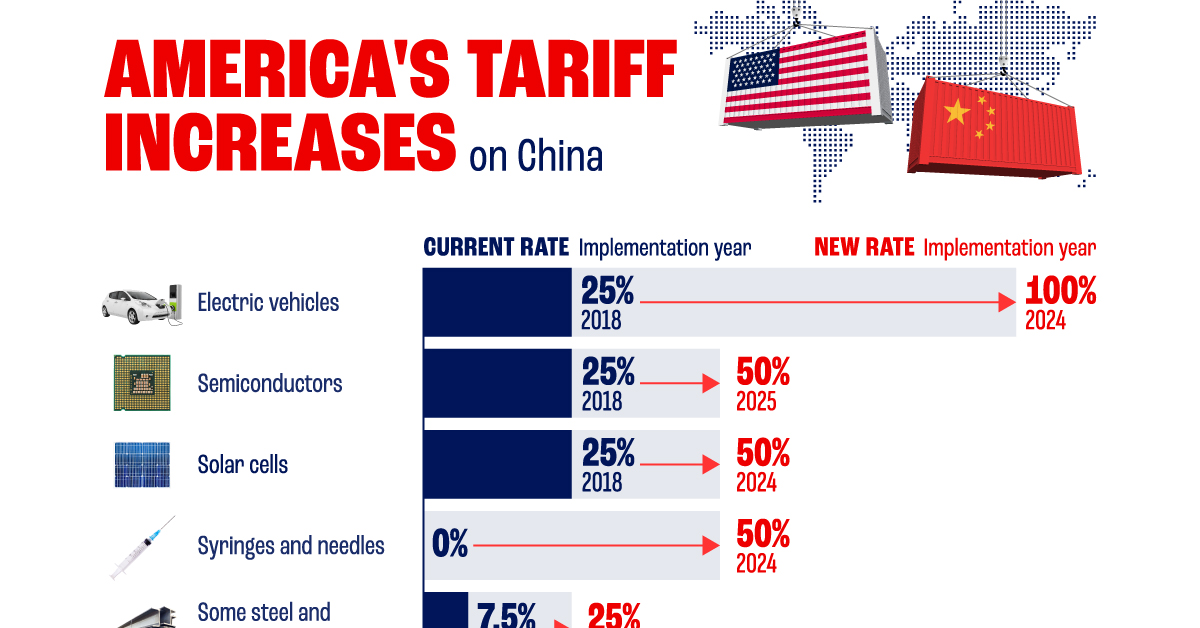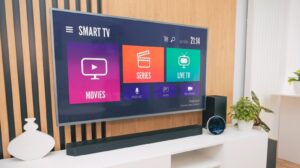Many organizations in the U.S. rely heavily on electronics made in China for daily operations (LED displays, control systems, radios, PCBs, etc.). As a buyer of Chinese electronics in the U.S., you can take several proactive steps to prepare for forthcoming tariffs. The goal is to minimize the financial impact of the increased costs associated with these tariffs and to adjust your purchasing and operational strategies accordingly. Here are some ideas on how to prepare:
- Stockpile Inventory Before Tariffs Are Imposed
- Bulk Buying: If you expect tariffs to increase, consider purchasing larger quantities of Chinese electronics before the tariffs take effect. This strategy allows you to lock in current prices before any price increases due to tariffs.
- Warehouse Storage: Store additional inventory in a warehouse to avoid future supply chain disruptions. Be mindful of the storage costs and ensure you have a good understanding of your projected sales to avoid overstocking.

- Open Discussion with Suppliers
- Discuss Tariff Impact: Talk to your suppliers about the potential tariffs and discuss how they plan to handle them. These conversations should offer a clear view as to which suppliers will be a good resource to you in uncertain times. In some cases, suppliers might share the cost increase with you or offer discounts if you order in bulk.
- Long-Term Agreements: Negotiate long-term contracts with your suppliers to secure favorable pricing before the tariffs go into effect. Suppliers may be more willing to offer discounts for larger, long-term orders.
- Work with Customs Experts
- Hire a Customs Broker: A customs broker can help you navigate tariff classifications, duties, and compliance. They can assist in ensuring that the products you import are classified correctly, which may lead to lower tariffs or exclusions.
- Check for Exemptions: The U.S. Trade Representative (USTR) periodically issues tariff exclusion lists. Monitor these updates and file for product-specific tariff exclusions if eligible.
- Look into Tariff Mitigation Strategies
- Foreign Trade Zones (FTZs): Explore whether importing goods through a Foreign Trade Zone could help delay or reduce tariff payments. Products entering an FTZ are not subject to duties until they leave the zone and enter the U.S. market.
- Leverage Financing and Payment Strategies
- Negotiate Payment Terms: If you’re concerned about the impact of tariffs on your cash flow, negotiate more favorable payment terms with your suppliers. For example, longer payment cycles or discounts for early payments might help alleviate the financial burden.
- Evaluate Financing Options: If you’re purchasing a large volume of electronics to beat the tariff increase, ensure you have appropriate financing in place. Progressive suppliers will help you with such solutions as it is a win for all parties. Items like lines of credit or trade finance can help support larger orders (and solve bigger problems).
In short, work with trusted suppliers who, like you, are thinking about solutions in advance of likely tariffs on Chinese electronics. By taking these steps, you can better prepare for the financial and operational impacts of tariffs on Chinese electronics and find strategies to mitigate their effect on your bottom line.




